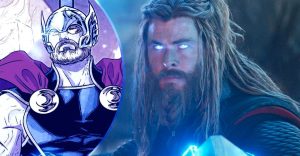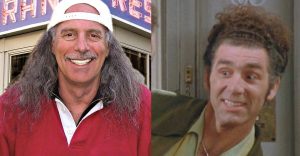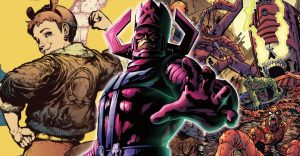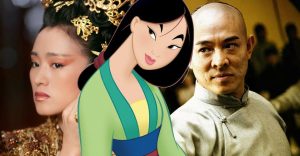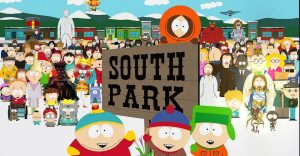Film Disasters: 10 Things That Went Wrong While Making Jurassic Park
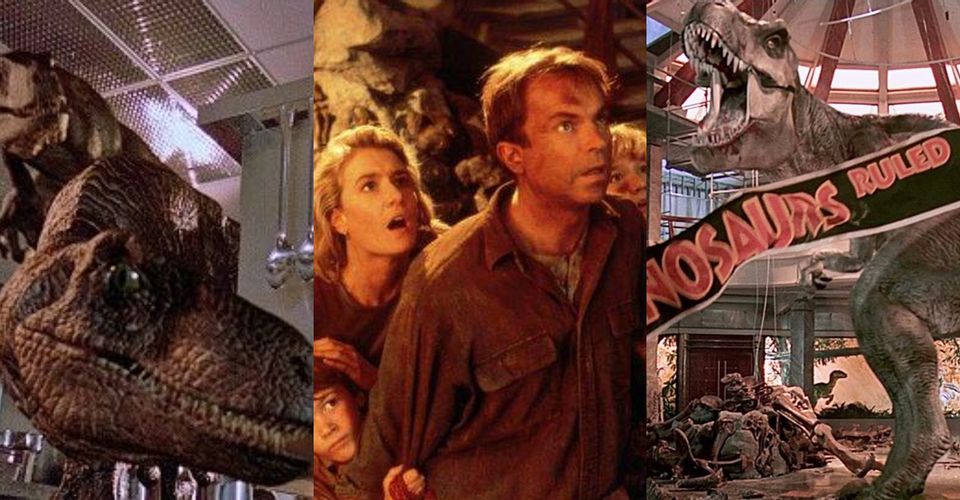
Steven Spielberg’s Jurassic Park is truly a wonder of a movie that seems to never age even as decades go by. With its revolutionary special effects and an exciting and unusual story, it was inevitable that the movie would become such a massive critical and commercial success and a true classic.
But even though it may seem like the production of Jurassic Park went smoothly, not everything was as easy behind the scenes. From issues with adapting the novel to the difficult task of creating realistic dinosaurs, there were numerous challenges that the filmmakers had to overcome to achieve such success.
10 Film Rights For The Novel Were Sought-After By Four Major Studios

Before Michael Crichton’s Jurassic Park was even published, Steven Spielberg found out about the existence of the novel while discussing a screenplay with Crichton (one that would become the TV series ER).
According to Joseph McBride’s Steven Spielberg, four students had put out bids for the film rights for the novel: Warner Bros. with Tim Burton, Columbia Pictures with Richard Donner, and 20th Century Fox with Joe Dante. Crichton had demanded a non-negotiable fee of $1.5 million which was paid out by Universal Studios for Spielberg. The movie could have been a completely different creation in the hands of any other director.
9 Spielberg Didn’t Immediately Want To Direct The Movie

Allegedly, Spielberg wanted to direct Schindler’s List after he had completed Hook. Schindler’s List had already been in the works for decades, but Universal only acquired rights to the novel several years prior with Spielberg attached to the project.
According to Steven Spielberg, Sid Sheinberg (president of Music Corporation of America which was Universal Pictures’ parent company at the time), gave the green light to Spielberg to direct Schindler’s List only once he has completed Jurassic Park.
8 Dinosaurs Didn’t Look Realistic Initially

To create the dinosaurs, Spielberg enlisted the help of Stan Winston (for animatronic dinosaurs), Phil Tippett (for go-motion dinosaurs, a type of stop motion animation), Michael Lantieri (for on-set effects supervision), and Dennis Muren of ILM (for digital compositing). Paleontologist Jack Horner also supervised the dinosaur designs.
According to The Making of Jurassic Park, Tippett’s stop-motion animatics (of the kitchen scene with the raptors and the Tyrannosaurus attack on the car) didn’t satisfy Spielberg who believed they couldn’t be used for a live-action film. Luckily, Muren convinced the director that the dinosaurs could be created with CGI.
7 The Script Went Through Multiple Rewrites

Along with the $1.5 million for the film rights, Universal also paid Crichton an additional $500,000 to adapt the novel into a screenplay. His script was quite different from the book and, according to The Making of Jurassic Park: An Adventure 65 million Years in the Making, Malia Scotch Marmo was hired to rewrite it in October 1991 (Crichton’s script was ready when Spielberg was filming Hook).
But the rewrites didn’t stop there. Spielberg wanted another reworking of the script and, according to Backstory 5: Interviews with Screenwriters of the 1990s, the studio recommended him David Koepp who had at the time co-written Death Becomes Her. Koepp’s version was the one used in the end and the screenwriter himself would become known for his work on the first two movies of the Jurassic Park trilogy and movies like Indiana Jones and the Kingdom of the Crystal Skull, Carlito’s Way, Mission: Impossible, Raimi’s Spider-Man, and others.
6 Actors Kept Turning Down Roles

It’s a common phenomenon to have actors turning down roles even for big movies, but it can still end up being bad for the movie (for example, miscasting). Jurassic Park was no different.
The role of Alan Grant was offered to William Hurt who turned it down. Before Sam Neill was cast, Harrison Ford was also offered the role. Robin Wright turned down the role of Ellie Sattler while Laura Dern (who ultimately got the role) was Spielberg’s initial choice anyway.
5 Hurricane Iniki Was A Problem

The filming of Jurassic Park started on August 24, 1992, in Hawaii. Though the pre-production was quite lengthy (twenty-five months of it), the filmmakers soon found out that there were some things they couldn’t have prepared for.
One of these was Hurricane Iniki which, according to The Making of Jurassic Park: An Adventure 65 million Years in the Making, had passed directly over the island of Kaua’i on September 11 costing the production a day of shooting. That being said, some storm scenes in the movie actually used footage of this storm. Hurricane Iniki also destroyed the set that was planned to be used for the scene where Samuel L. Jackson’s character is chased and killed by raptors.
4 Shooting The T. Rex Attack Scene In The Rain Proved To Be Challenging

One of the most iconic scenes in the movie is the one where the T. rex attacks the SUVs in the pouring rain. For the scene, an animatronic dinosaur was used which resulted in some challenges during the filming.
According to The Making of Jurassic Park: An Adventure 65 million Years in the Making, the water used for the rain would soak the foam that the animatronic’s rubber skin was made of. This made the animatronic dinosaur shudder and it would have to be dried with chamois leather between takes.
3 Filming The Triceratops Scene Was A Logistical Nightmare

Another famous scene (or even storyline) from the movie is that of the ill Triceratops. The dinosaur had supposedly fallen ill because of a toxic plant.
The problem was that shooting the scene turned out to be more difficult than expected – at least, than what animatronics supervisor Stan Winston expected. According to The Making of Jurassic Park: An Adventure 65 million Years in the Making, Spielberg had asked Winston to shoot the scene way earlier than expected which ended up being a logistical nightmare for Winston.
2 Post-Production Also Had Its Problems

One thing that Jurassic Park is known for is its revolutionary approach to computer-generated imagery or CGI. It took many hours to do the job right: compositing dinosaurs onto the scenes took about an hour, rendering them took 2-4 hours per frame, rendering the T. rex in the rain took 6 hours per frame. All of this had to be supervised by Spielberg from Poland where he was filming Schindler’s List.
For creating the film’s unique digital sound, Spielberg created the DTS (digital theater system) and funded it himself. According to Return to Jurassic Park: The Next Step in Evolution and The Making of Jurassic Park: An Adventures 65 million Years in the Making, the sound effects crew was supervised by George Lucas while Spielberg would occasionally fly from Poland to Paris on the weekends to check on their progress.
1 Marketing Required A Lot Of Planning

While the movie’s $63 million budget was impressive at the time, it actually had a marketing budget even bigger – $65 million. In total, the marketing campaign included deals with 100 companies that would market a thousand products.
According to Blockbuster: How Hollywood learned to stop worrying and love the summer, Universal planned the campaign beforehand and included such deals as McDonald’s “Dino-Sized meals”, a dedicated toy line from Hasbro, three Jurassic Park video games from Sega and Ocean Software, and others.
About The Author













